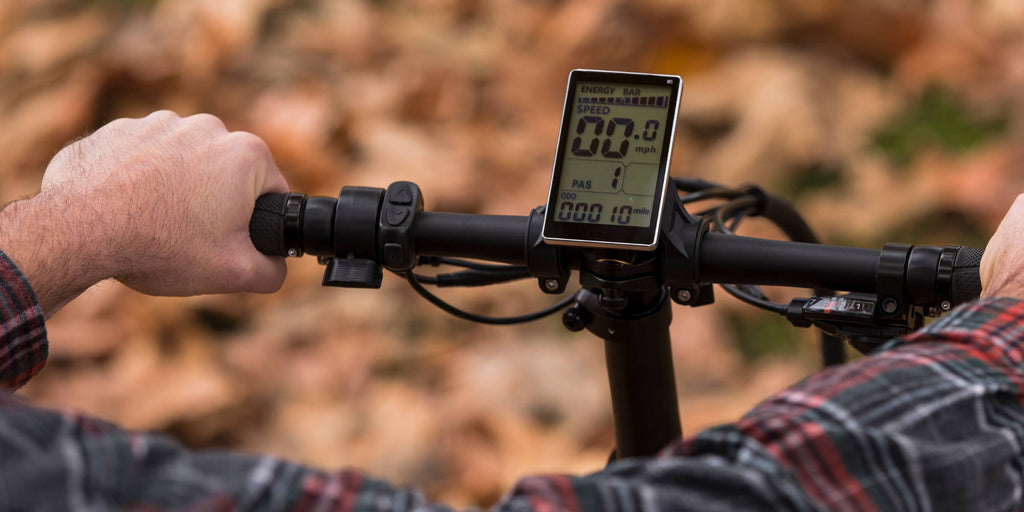I recently bought a Level step-through for my wife and we're both finding that the assist is too abrupt throughout the range, and particularly in PAS 1. And this is a bike with the new controller that purportedly addressed the issue. I found that setting the top speed to 20 mph makes PAS 1 much more forgiving, with slower acceleration up to 8 mph instead of a quick sprint to 12 mph. Unfortunately, one then loses the 28 mph top speed!
In my opinion, Aventon should allow the speed setting for each PAS level to be user-defined. In my case, I would choose something like: 1-8, 2-10, 3-12, 4-20, 5-28. That's because we tend to either ride at a leisurely pace, or else want a good turn of speed to keep up with traffic or to get somewhere fast. Rarely are we in the 13-25 mph range.
What would you all set as your PAS speed limits?
PAS 1:
PAS 2:
PAS 3:
PAS 4:
PAS 5:
In my opinion, Aventon should allow the speed setting for each PAS level to be user-defined. In my case, I would choose something like: 1-8, 2-10, 3-12, 4-20, 5-28. That's because we tend to either ride at a leisurely pace, or else want a good turn of speed to keep up with traffic or to get somewhere fast. Rarely are we in the 13-25 mph range.
What would you all set as your PAS speed limits?
PAS 1:
PAS 2:
PAS 3:
PAS 4:
PAS 5:
